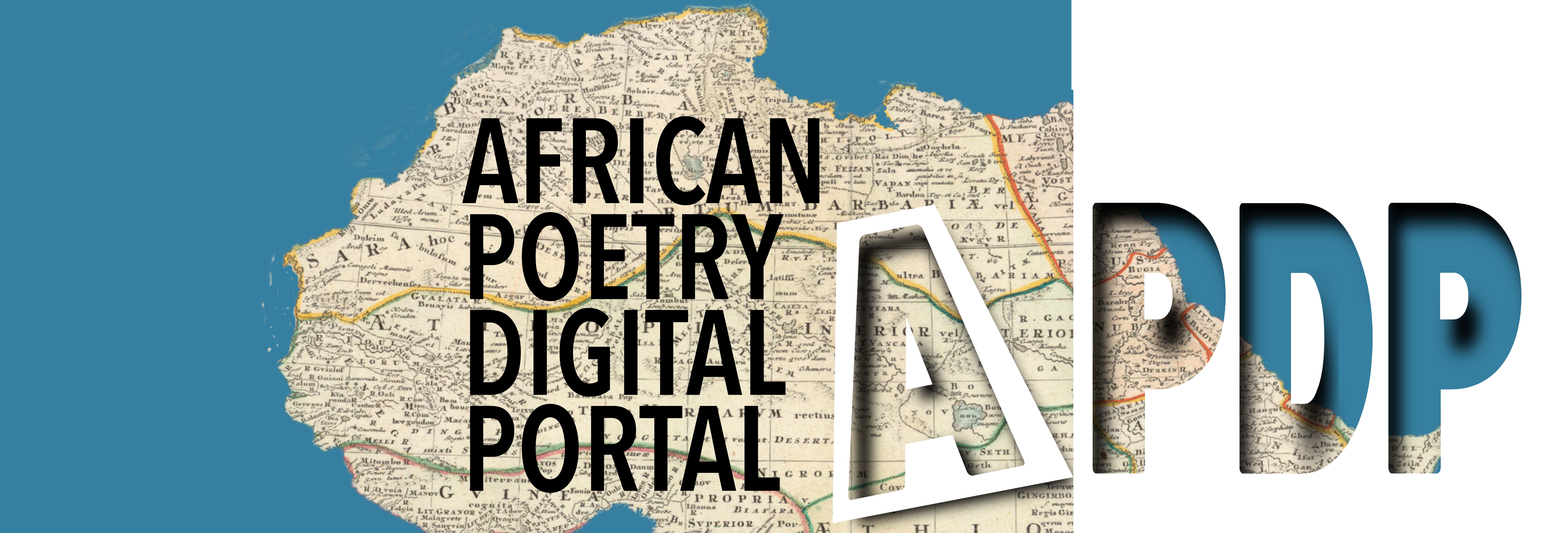-
Title
-
Old Testament (Add. 1570)
-
Institution
-
University Library, Cambridge
-
Collection Title
-
Ethiopian Manuscripts
-
Creator(s)
-
Feśśeḥa Ṣeyon, Yoḥannes, Takla Hāymānot, Zamikā’ēl, Zakrestos, Kefla Gabre’ēl, Habta Mikā’ēl, Takla Māryām, Takla Abrehām, Fequra Iyasus). The second colophon states that the work was translated by Jacob the Israelite from Hebrew to Ge‘ez, and was copied by the scribe Waldä Giyorgis for Queen Maryam Səna (wife of Sarsa Dengel, Negus of Ethiopia, -1597 ሠርፀ ድንግል).
-
Description/Scope and Content
-
Though not a pandect, this magisterial codex contains the vast majority of books belonging to the Ethiopian Old Testament canon. It was likely produced at the behest of Empress Māryām Śenā, whose name appears frequently, though often erased. There is evidence of at least ten scribes involved in the work (Feśśeḥa Ṣeyon, Yoḥannes, Takla Hāymānot, Zamikā’ēl, Zakrestos, Kefla Gabre’ēl, Habta Mikā’ēl, Takla Māryām, Takla Abrehām, Fequra Iyasus). The second colophon states that the work was translated by Jacob the Israelite from Hebrew to Ge‘ez, and was copied by the scribe Waldä Giyorgis for Queen Maryam Səna (wife of Sarsa Dengel, Negus of Ethiopia, -1597 ሠርፀ ድንግል). Her name has since been erased in many locations. The codex is fully intact except for the loss of one sheet, the innermost bifolium of its twenty-sixth quire, resulting in the absence of nearly all of Micah and Joel. The date of the work is written in the first colon at the end of 2 Kings: the 27th year of Särs’ä Dəngəl's reign, i.e. 1588-1589 CE. Because of its precise dating--a rarity in the Ethiopian tradition--this manuscript arguably constitutes the most important post-medieval witness to the Old Testament in Ge'ez, clearly demonstrating the ongoing revision of the text on the basis of an Arabic version around that time. Most books open with formulaic scribal pleas invoking ‘God, the merciful and compassionate, slow to anger and full of mercy and justice’ and are divided into numbered chapters, features without significant precedent in Ethiopian culture before this era and likely arising as a result of the direct influence of the Christian Arabic tradition. The concluding leaves of the codex contain records in Amharic of various property sales, probably chiefly from the late-eighteenth century, transacted between members of the Ethiopian nobility. According to a note on the inside front cover, the manuscript was acquired during the Napier expedition: “Abyssinian Bible. Taken from King Theodore at the storming of Magdala by the officers of H.M. Madras engineers and presented by them to Captain Sotham(?) of H.M.H. transport “Middlesex” June 1868”.
-
Date
-
Late 16th cent. during the 27th year of Sarsa Dengel, Negus of Ethiopia, -1597 ሠርፀ ድንግል f. 146
-
Identifier
-
Add. 1570
-
Language
-
Ethiopic language
-
Extent
-
267 ff. Leaf height: 42 cm, width: 35 cm.
-
Collection Type
-
Special Collection
-
Level of Processing
-
Catalogued - FIHIRST & digitised on CUDL
-
Type of Materials/Format
-
Codex
-
Related Collections: Types of Materials
-
Islamic Manuscripts - Ethiopian Manuscripts
-
Presevation/Conservation concerns
-
Digitised - please see notes for binding
-
Provenance
-
Ethiopia
-
Copyright
-
Out of copyright
-
Donor Information
-
donated to Cambridge University by Armbruster, C. H. (Carl Hubert), 1874-1957 on 19 August 1957
-
Notes
-
Thick wooden boards. Red bling tooled leather. The book has been heavily restored with new endbands, sewn on supports, board edges and corners recovered. The second of the double leaf has been removed. Acquisition: "According to a note on the inside front cover, the manuscript was originally acquired during the Napier expedition: “Abyssinian Bible. Taken from King Theodore at the storming of Magdala by the officers of H.M. Madras engineers and presented by them to Captain Sotham(?) of H.M.H. transport “Middlesex” June 1868”. For more details contact the Near & Middle Eastern Specialist
